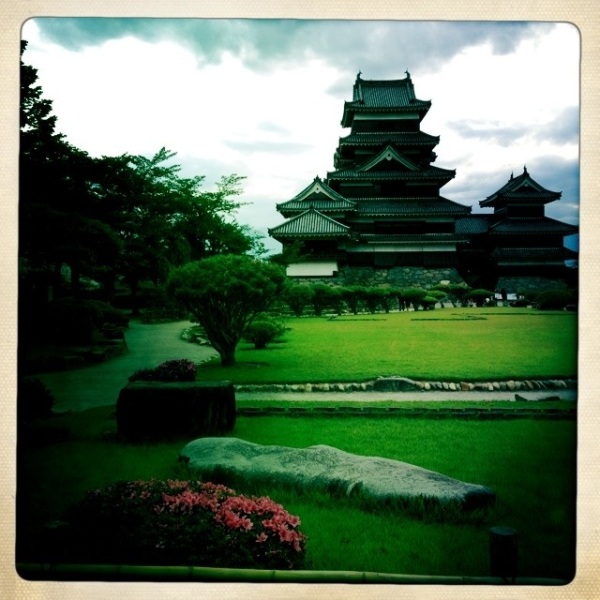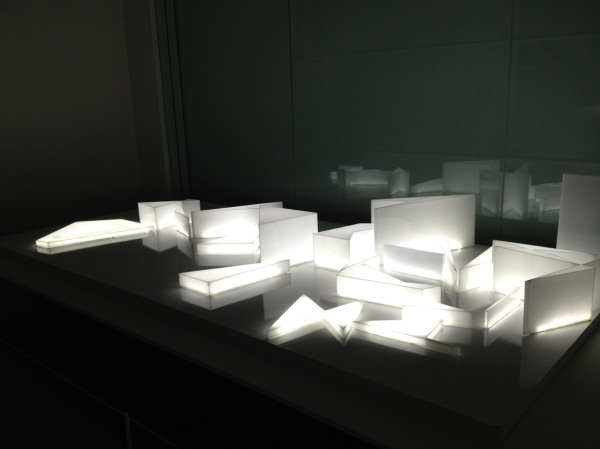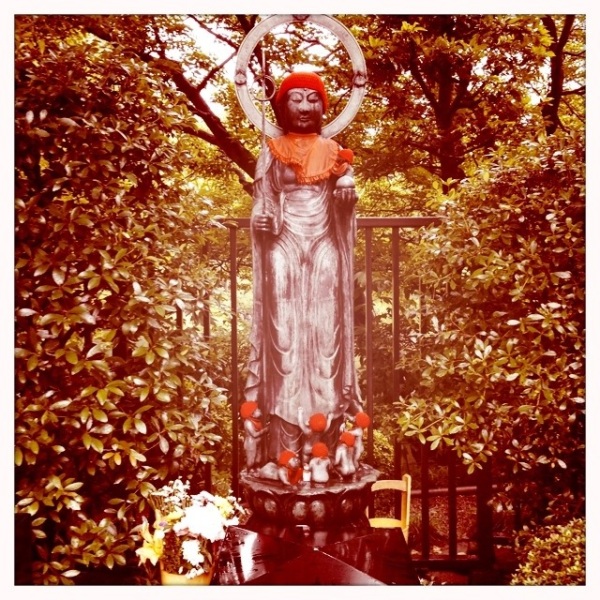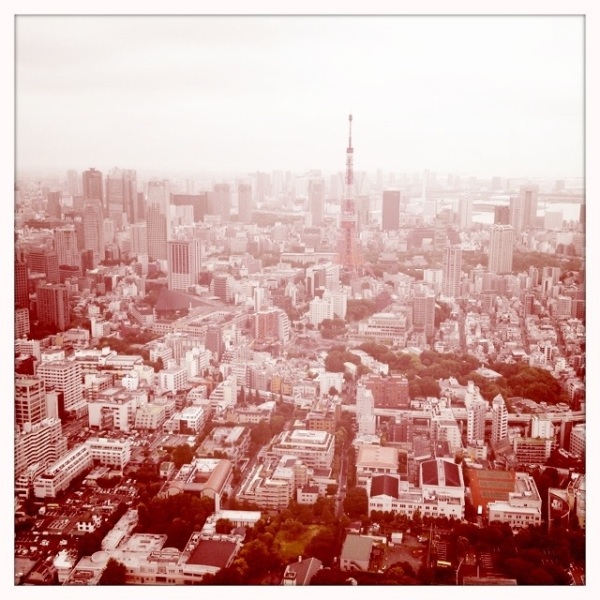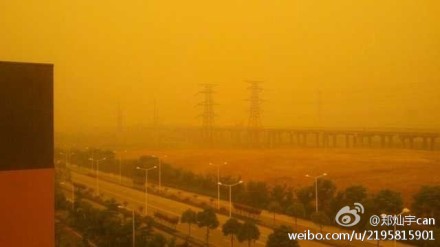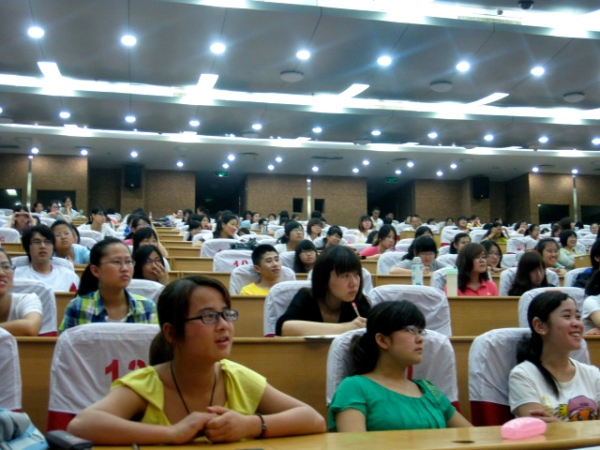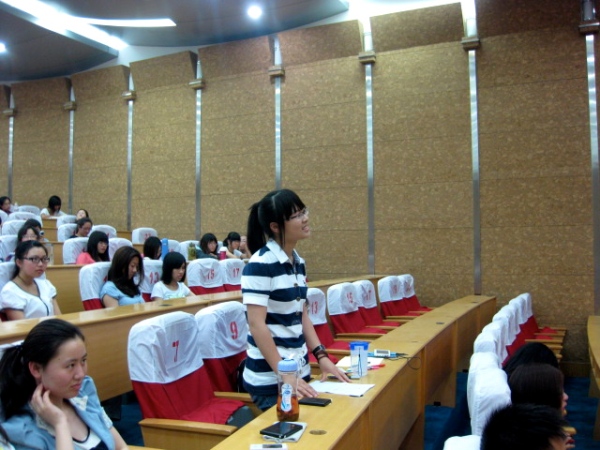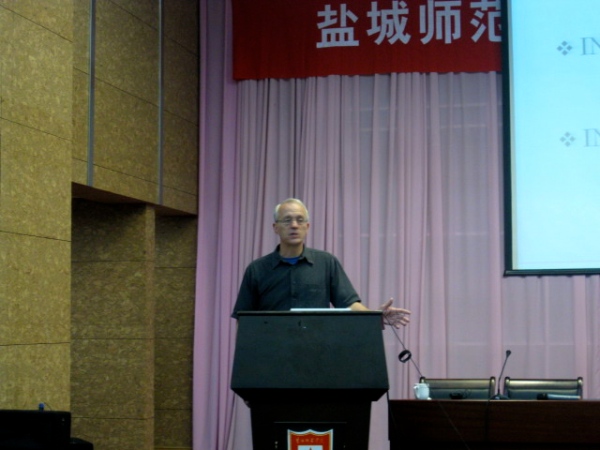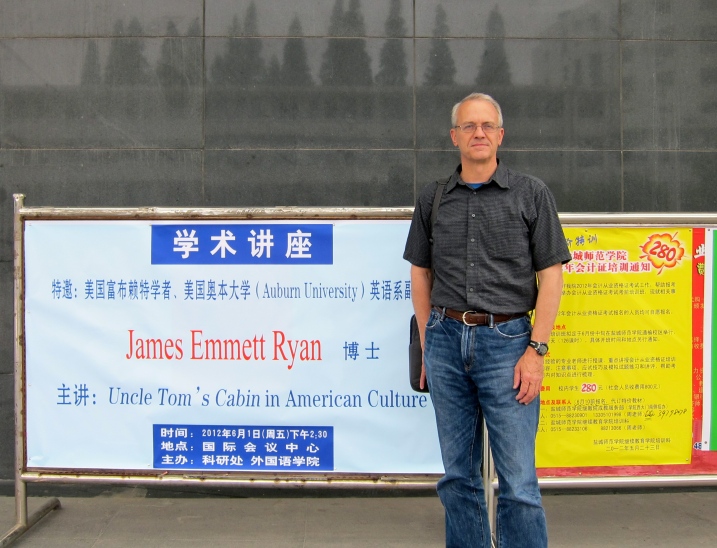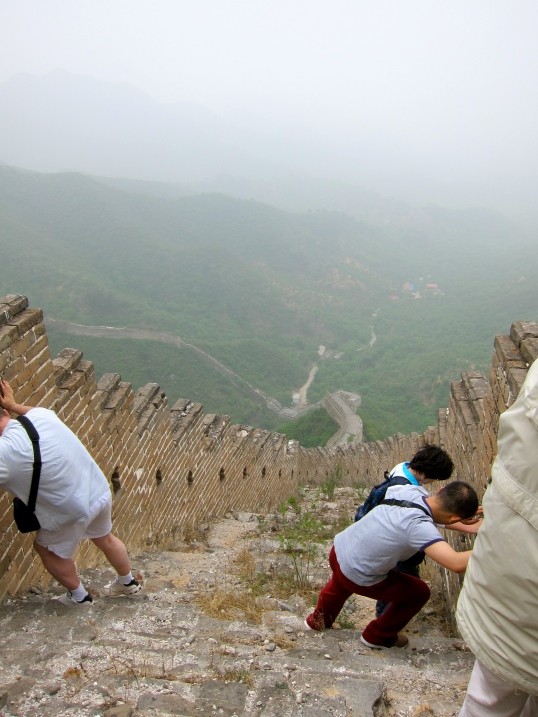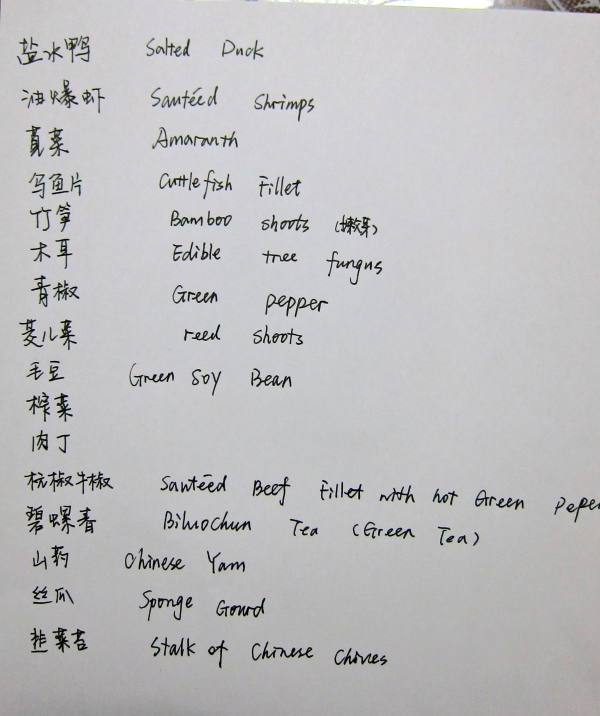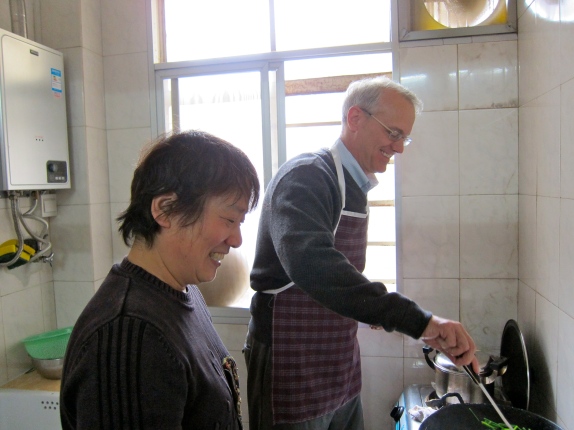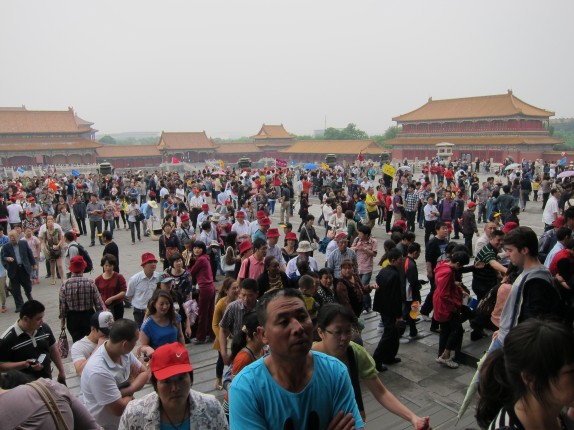Matsumoto Castle
Tokyo 3
Tokyo 2
Tokyo
Obama / China
Most people we’ve met in China don’t follow American politics all that closely, but just about everyone is aware that right now there’s a presidential campaign going on in the United States. However, no one has much interest in Mitt Romney, despite his great wealth, his Mormonism, and the general attention he’s been getting as the presumptive Republican candidate. 
Obama artwork in Hangzhou
Instead, what everyone we meet in China wants to know is what we think of Obama and whether we’re going to vote for him the next time around. Over here, he’s seen as a transformative figure, perhaps even more so than by Americans, if that is possible. Along with Hillary Clinton, who is quite popular here among Chinese women, especially, it is Obama whose face most often appears on T-shirts and posters and who has become perhaps the most iconic political figure here since the heavy propaganda era of 1949-1976 produced the Chairman Mao cult. Students in China study Obama’s speeches, and school debate teams analyze, admire, and imitate his rhetorical stylings.
By contrast, the current generation of Chinese bureaucrats and high government officials currently lack, and for the most part seem to avoid, publicity (exception: see the flamboyant lately discredited and probably imprisoned Bo Xilai, former leader of Chongqing province). These days, high officials seem to eschew the iconic stature of the former party Leader, evidently preferring instead to secure their own power and privilege more discreetly. And of course, retail politics (and its associated campaigning) is more or less unheard of in these parts, as power is usually transferred in non-transparent ways, well beyond the view of ordinary Chinese people.
As our Chinese counterparts have observed to us, Obama has made an enormous difference on the world stage. They are only surprised that many Americans have not taken the time more fully to notice the ways that folks beyond our borders now see the United States in a new light because of his election.
Amber Skies in Nanjing
It’s a commonplace of discussions about China that air quality is horrendous, and those of us here for long periods usually get tired of reminding everyone about it. But it bears repeating, if only because China stands for the future in so many ways. If we can’t figure out ways of making China’s air quality better, it does not bode well for the future of the Earth’s environmental safety. Today we were out of town visiting another part of China, but a Chinese friend sent along this photo from Nanjing taken on June 10 and posted on Weibo (China’s copycat twitter system). Some of this is the usual terrible smog, but then there’s the added effect of farmers burning off their fields, which adds to the dense pollution that can be seen in the photo Her comment was that this image struck her as a “vision of the Apocalypse.” And she recommended, in all seriousness, that we be sure to wear surgical masks upon our arrival back in Nanjing.
American Literature in Yancheng
Thanks to a special introduction from an Auburn University colleague who taught previously in China, I was able to visit Yancheng Teachers University for a Fulbright Lecture. Yancheng (“Salt City”) is located a few hours north of Shanghai and well off the usual tourist paths. After dinner with my Yancheng Teachers University colleagues who had driven down to Nanjing Normal University the night before, we made the 3.5-hour car ride together to Yancheng the next morning. Like most Chinese cities, it is a gritty and bustling place. A fast-growing city traditionally based on agriculture and fishing, Yancheng now is home to 7 million permanent residents, 1 million migrant workers, 2 new Kia automobile manufacturing plants, and a number of large textile factories. The university is home to about 20,000 students, including a substantial cohort from the far-western provinces like Xinxiang, which hosts a largely Muslim population. These students are admitted to some Chinese universities using a kind of affirmative action program intended to bring improved education to members of ethnic minority groups in those provinces.
Professor Bi Fengshan of the English Department at Yancheng Teachers University was a wonderful host and gave me an excellent tour of the university and the surrounding area. Here are some photos from the lecture visit; these provide a view of Fulbright lecturing here in China, including a typically large audience of students (in this case, about 130 undergraduate English majors and their instructors). My talk covered 19th-century American literature and race relations, especially in the work of Harriet Beecher Stowe, author of Uncle Tom’s Cabin (1852), which was translated into Chinese in 1901 and has been well known here ever since.
On the Great Wall, May 2012
Eating in China
We get asked quite a lot by Chinese people whether we like Chinese food, and I always say yes, despite losing about 5 pounds since my arrival in February (I chalk this up to more exercise from walking everywhere). Chinese folks are very proud of their rich cuisine and its not hard to see why, even though it’s taken me several months to hone my chopsticks chops so that I’m not spilling food all the time. This is not to say that every dish suits the novice palate but that the whole experience is completely different than the typical Western dining scene. It’s about the food, but it’s even more about being with other people, sharing an important daily event. Food is not at all taken for granted here, and this is understandable given China’s having to deal fairly recently with famine — notably during grain shortages brought on by China’s disastrous “Great Leap Forward” economic campaign of 1958-1961 (http://en.wikipedia.org/wiki/Great_Leap_Forward). Perhaps this helps explain the reverence for good, hearty food that we see everywhere we travel in China.
For one thing, and especially at more elaborate dinners (we’ve had a few of these since I’ve been a guest speaker at various universities), there are a tremendous number of dishes served: anywhere from 15 to 25 different dishes on the giant lazy susan and round table that nearly all restaurants use. All of this food served up for a group of maybe 8 to 15 people. This would include the following: tea, beer, several kinds of soup, several kinds of greens (typically special, local ones), several meat dishes, one or more tofu dishes, whole fishes, various vegetable dishes, and sometimes more exotic (to me) plates of jellyfish, bullfrog, quail eggs, etc. The variety of food served here is just dizzying and hard to keep track of, especially since it varies so much by region and is for the most part entirely unlike the Chinese food served at USA restaurants. Curiously, at most of these dinners, there’s usually no rice served. I’m told that at dinners for honored guests, one would typically not serve humble white rice.
But the most important and wonderful aspect of Chinese eating is the spirit of enjoyment that Chinese people express while at the table. Lots of toasting, lots of raucous conversation, plenty of exuberant filling of one another’s glasses and plates, elbows flying, lighting of cigarettes (for the men only), and scraps of bone and shell tossed casually aside after savoring the good bits. A truly messy table at the end of the meal signifies great success for the cook. Eating is an unapologetic celebration here, whether it be a simple snack with friends or an elaborate formal dinner.
We were most honored to have been invited lately to join some friends at their apartment for family dinner. And even better to have been given a turn at the wok to learn something about Chinese cooking firsthand. Truly a pleasure and privilege to enjoy this kind of hospitality.
Forbidden Cities, Mainland Tourists
It would be easy and accurate to say that most of China has little in the way of tourist amenities, especially when we look beyond the cosmopolitan cities along the coast, such as Beijing, Shanghai, and so on. Even in these cities, which have become iconic in the Western imagination and even have rather substantial expat communities (the latter of which are not even close to being integrated with China’s native population), superheated growth has been driven by manufacturing and the leveraging of tremendous amounts of cheap labor in the form of migrant workers from the Western parts of China. And so while there’s much in the way of great subways and roads for getting product to the global marketplace, there’s not much thought given, thus far, to the kind of easy deference that travelers routinely are given in tourist economies like Europe or even the United States. China makes money by *making* things, not by showing off the residue of its religious traditions, architecture, cuisine, or aristocratic ways of life. Those residues are present in China, but it’s apparent that it’s not where the money is. To test this theory, have a look Nanjing’s Buddhist temple area, which is now almost entirely obscured by an enormous pedestrian shopping mall.
But this is not to say that there’s no tourism in China, for there’s a huge interest on the part of ordinary Chinese people to learn in person about their history. Westerners are extremely scarce, still, but Chinese are afoot in their own country, in untold numbers. Chinese tourists are of all ages, but the older tourists capture the eye, the wizened rural men with their home-made suits and the spry matrons in red-plaid scarves and blazers. Many are clustered in tour groups, which means everyone has on the same red floppy sun hats or crimson trucker hats, and everyone stays close to the hip, young tour guide who’s chirping into the noisy lo-fi portable PA systems that are standard issue for all Chinese tour guides. It’s clear that the older folks are not inclined, however, and sometimes are not able, to read things such as travel guides or listen to chirping young guides. Older now and making the grand (last?) tour of China with their younger relatives, much of their history has come in the form of propaganda, as with the rote memorization by the nation’s schoolchildren of Communist Party songs about the greatness of Chairman Mao and the splendors of Beijing, his adopted home city and center of political power. It’s obvious as well, that the rest of their history was written into their experience by tough labor, agricultural and existential.
Now that financial means and political changes have made it possible for rural people to go on the tourist circuit of China, the people of China are doing everything they can to absorb what’s left of the historic sites that still exist, after centuries of both imperialist exploitation and homegrown cultural/political disasters. Everywhere we go, as with our visit to Beijing’s Forbidden Citylast week, the swelling Chinese crowds surge with us. And even the infamous “forbidden city” is now open to everyone with 35 RMB cash money, but also emptied of its most important artifacts, devoid of any sign of curatorial narrative that would explain exactly what the great imperial complex might actually signify. And still, the masses of tourists continue on their hunt for evidence of just what’s been going on in their country these past several centuries, while they’ve been busy working.
During the decades ahead, this curiosity may become more pressing, and the crowds may grow larger. We hear today that 100 new airports are under construction in China. Compared with only 2 in the USA.
